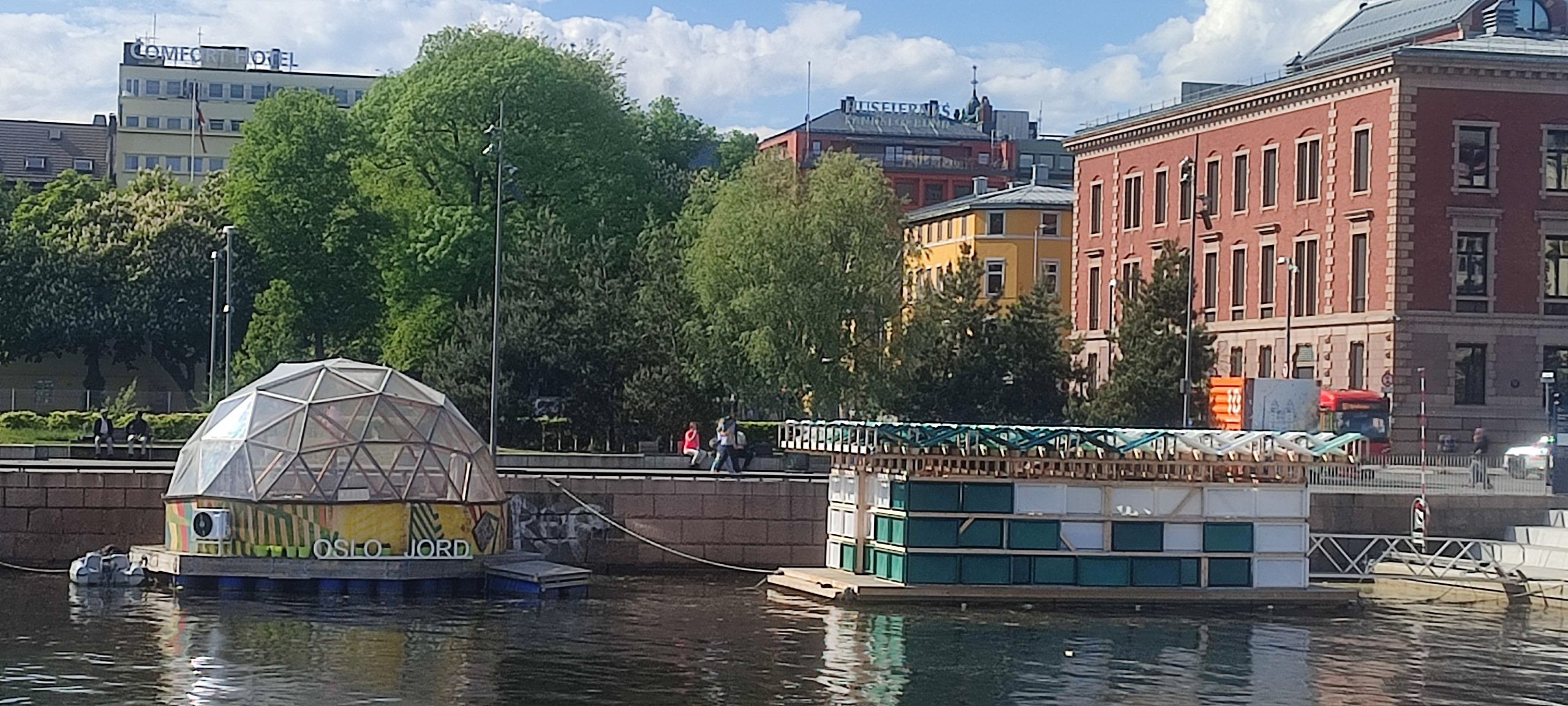Our expertise lies in uncovering the multifaceted impacts of urban agriculture on well-being and developing effective strategies for its integration into public spaces.
We offer comprehensive insights into planning, design, and policy-making, ensuring successful urban agriculture projects that benefit entire communities.
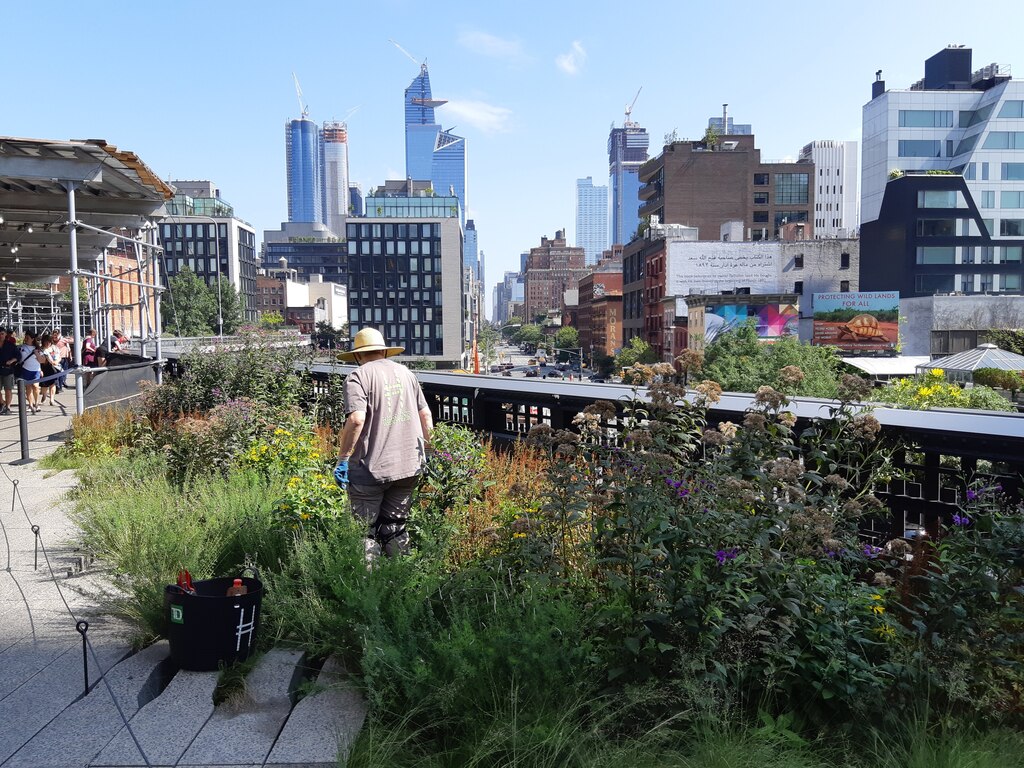
knowledge for urban well-being
urban agriculture: enhancing public spaces
Urban agriculture has gained prominence in research since the early 21st century, yet its impacts on well-being are underexplored. Most studies focus on semi-private community gardens, limiting benefits to active participants.
Our research within the Cultivating Public Space project (2017 – 2022) centered on Norway’s Oslo region and included insights from Denmark, the Netherlands, the UK, and the USA. We documented the diversity of urban agriculture in compact city development and proposed strategies to enhance its presence in urban neighborhoods.
Public vs. Private Urban Agriculture
Urban agriculture in public spaces differs from private and semi-private projects like allotment gardens, backyard projects, rooftop gardens, or commercial farms. The key difference is its accessibility to a wider range of users, including locals who may occasionally visit, passers-by, and those indirectly affected.
Benefits and Challenges
While integrating urban agriculture in public spaces offers numerous benefits, it also involves navigating disputes and compromises. A framework for analyzing these dimensions and potential conflicts is essential for successful implementation.
The ultimate goal of farming is not the growing of crops, but the cultivation and perfection of human beings.
– Masanobu Fukuoka, The one-straw revolution (1975)

Our expertise lies in promoting urban agriculture initiatives in public spaces within dense, inner-city neighborhoods, highlighting their potential impacts on individual and community well-being.

key Impacts of public urban agriculture:
individual well-being
Public urban agriculture can benefit a diverse group of individuals, especially those often overlooked by city planning. It provides opportunities for personal growth and empowerment.
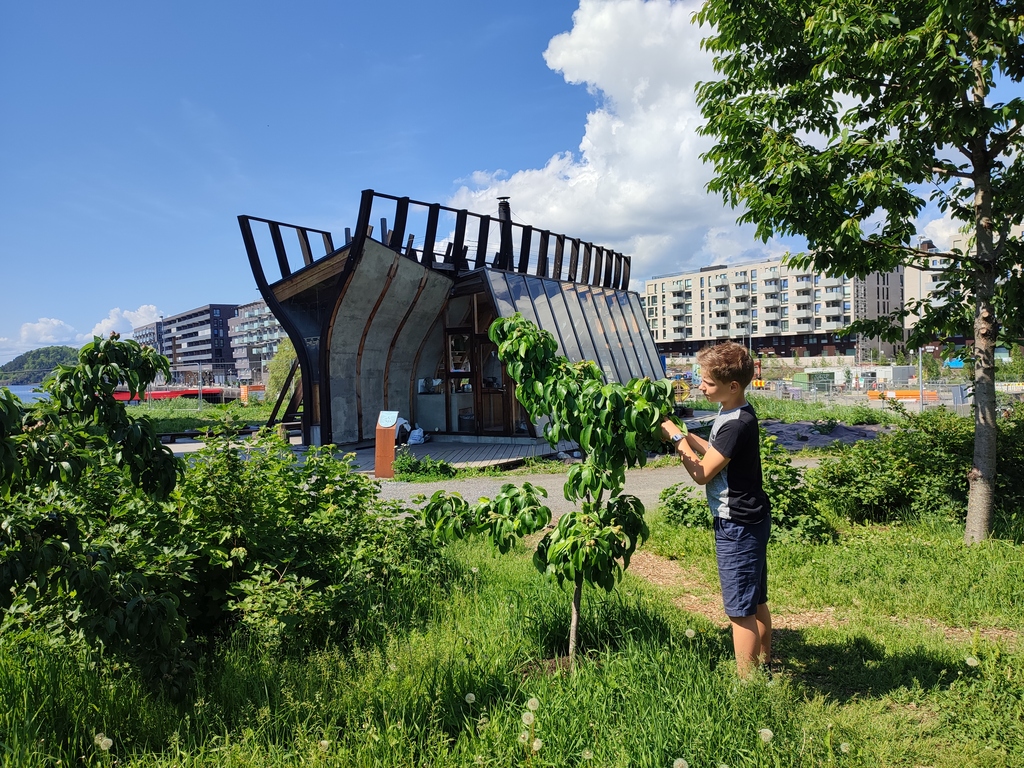
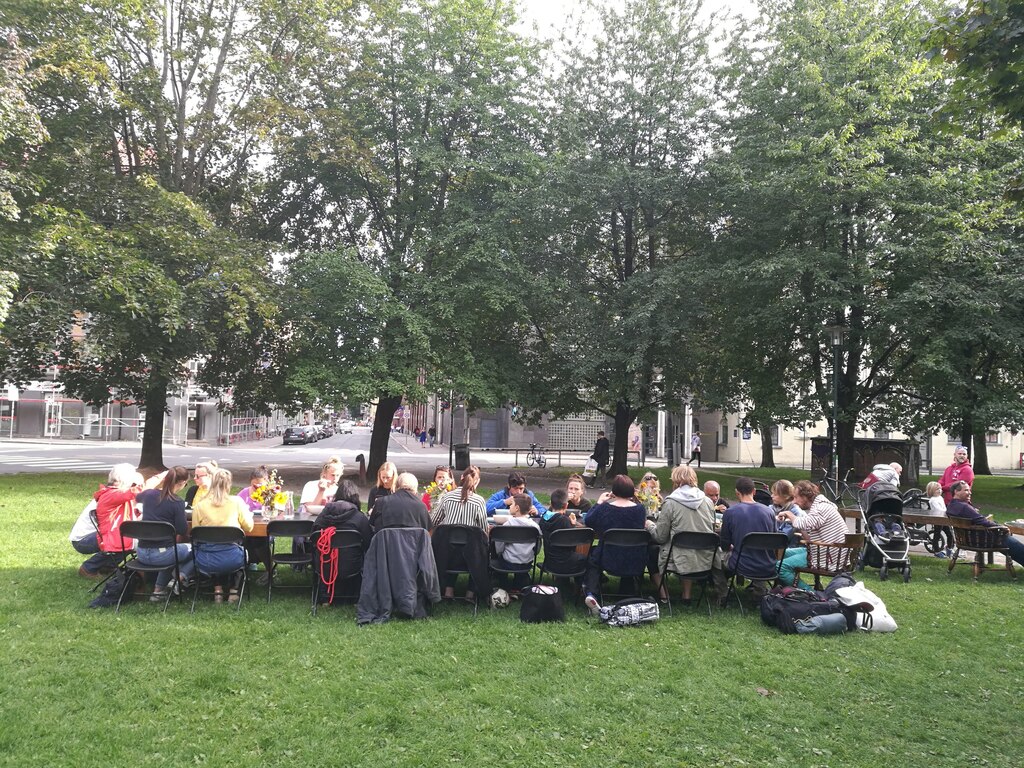
community well-being
Public urban agriculture projects foster civic friendships, community building, placemaking, participatory learning, co-creation, and social justice. They enhance biocultural diversity and promote social equity.
symbolic representation
Urban agriculture in public spaces not only serves as a site for cultivation but also as a platform for demonstrating values and agendas. This visibility can drive societal change, embedding urban agriculture into the broader urban culture.

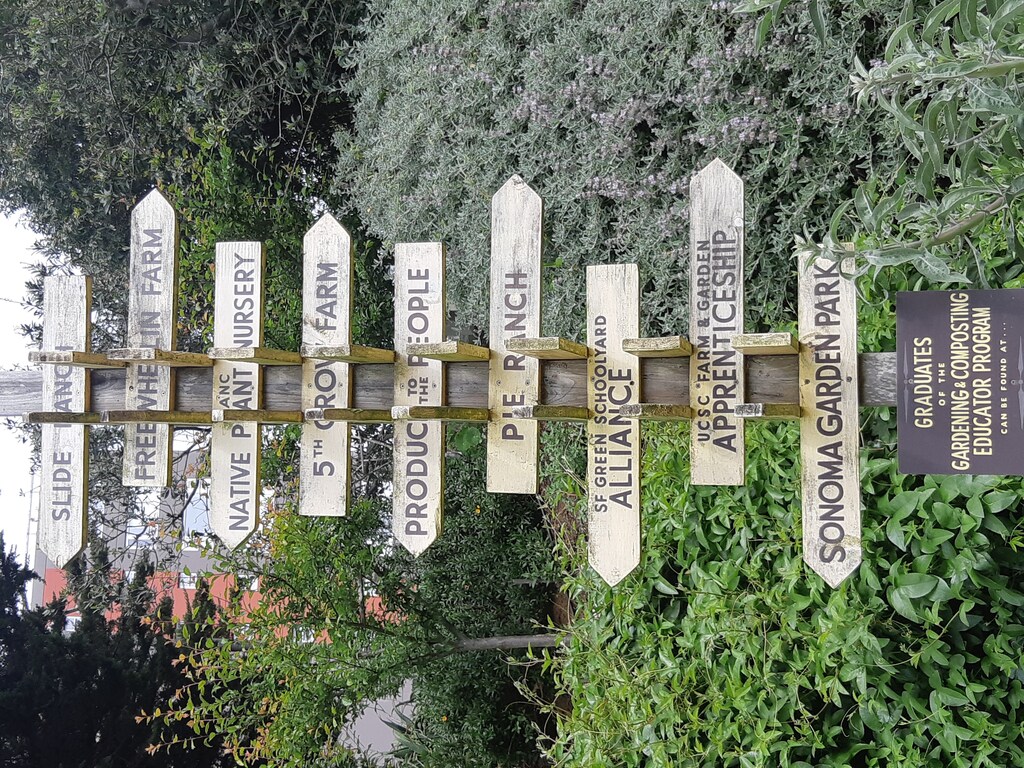
resilience
Public urban agriculture enhances urban resilience by fostering social innovation and learning. It encourages community-driven solutions, adaptive practices, and knowledge sharing, which collectively strengthen the community’s ability to respond to and recover from challenges.
Want to learn more? Download our recent book Urban Agriculture in Public Space and discover how urban agriculture can contribute to sustainable, inclusive, and vibrant cities for today and the future.
Urban Agriculture in Public Space: an anthology
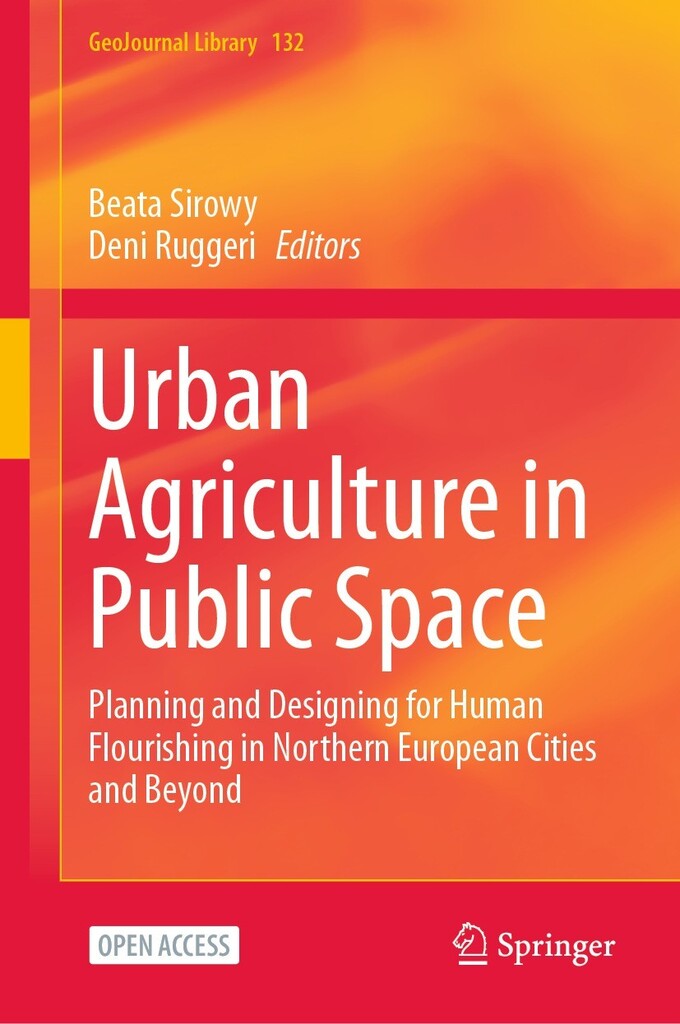
The book is based on a research project Cultivating Public Space funded by the Research Council of Norway, led by Beata Sirowy and conducted at the Norwegian University of Life Sciences from 2017 the 2022.
This interdisciplinary project brought together academics, activists, and public and private sector actors from several Northern European countries to explore how urban agriculture can enhance well-being of city dwellers and activate public life. The book covers diverse fields such as urban planning, design, public health, agroecology, human geography, and philosophy.
We aimed to create a resource that is engaging and relevant to a broad audience, including researchers, policymakers, urban designers, planners, educators, community activists, and anyone interested in urban farming.
We highlight the strong social motivations behind urban agriculture in Norway and Northern Europe, with food production as a secondary concern. Our insights are also valuable for those interested in urban cultivation for food production, environmental justice, and health. All these concerns are crucial for addressing resilience and sustainability of cities.
By incorporating a variety of voices and cultural perspectives, we hope to inspire and inform sustainable urban development globally.

Those who dwell among the beauties and mysteries of the earth are never alone or weary of life.
– Rachel Carson, The Sense of Wonder (1965)

